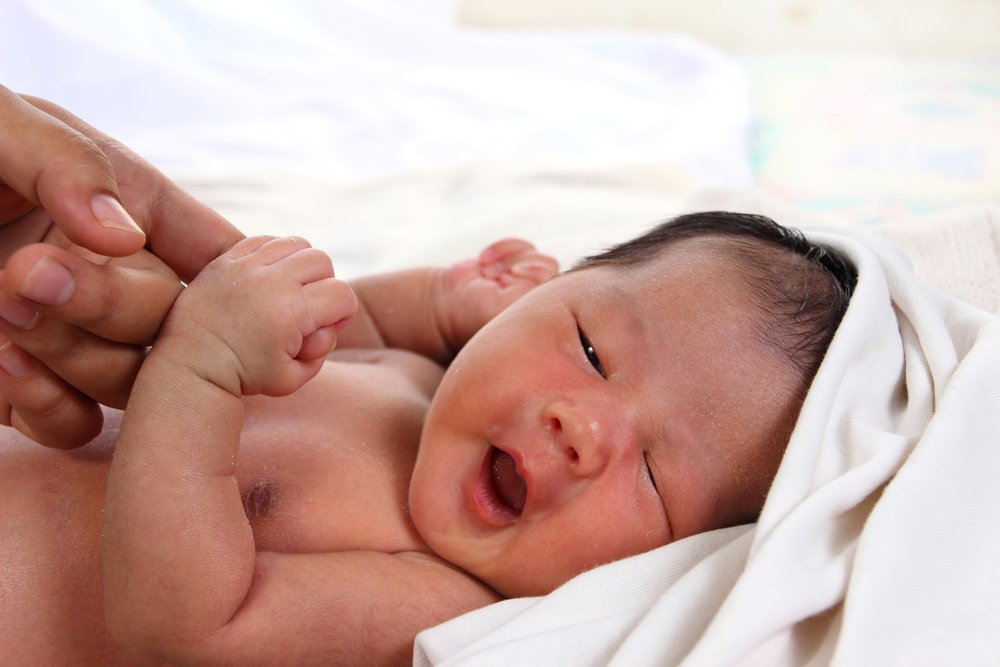Key points:
- During the newborn stage, a baby’s neck muscles are weak, and they rely on adults to support their head.
- Newborns have primitive reflexes that help them move and exercise, and these reflexes are important for future voluntary movements.
- Head control is a crucial milestone that lays the foundation for other physical developments like crawling and walking.
- Parents should take the time to bond with their baby and observe their movements during this stage of development.
When your baby comes into the world, they seem like such a delicate tiny person. Holding them is the most beautiful feeling, but at times it might make you feel a little apprehensive. You might not know if you are doing it the right way or how careful you need to be. Taking special care of holding their head is very important during this stage. We would like to explain why and how it will evolve later on.
During these first few days, your baby hasn’t developed voluntary muscle movement yet, and most of their body mass is located in their head. So, their neck is not strong enough to hold it. However, they are capable of movement and have some muscular tone. How can you tell? They will present something called primary reflexes, which are defined as the survival instinct responses to the environment. For example:
- If you stroke their foot, their toes will fan outward. They might expand their leg as well.
- If they are startled, they will extend and bend their arms pulling them towards their body accompanied by a brief cry.
- They will grip your finger.
- They will flex their toes and forefoot.
- If you touch their cheek, they will present sucking and turn their head. This is useful when feeding.
- If they turn their head to the left, they’ll extend the left arm and vice versa.
These reflexes are very important not only to survive but also to accomplish future voluntary movements. They are the milestones your little one will reach before accomplishing voluntary movement. One of them is head control and while they are responding with these primitive reflexes, they are also moving or exercising.
During this newborn stage, your child’s neck muscles are still fairly weak and they will rely on you to support their head. Voluntary movement can be scarce, but they will get stronger day after day. This is a great opportunity to be face to face with your baby. Enjoy the chance to hold them, cuddle, make them feel safe, and have lots of bonding time while you carry them and hold their head.
Little by little you will see their muscles start to strengthen, and by the end of the first month, their neck muscles will be strong enough for them to turn their head from side to side while laying down. The development of these muscles is very significant because, for newborns, this process starts at the head and then continues to move to other parts of the body. First the core muscles, and then the rest.
The acquisition of head control is crucial, and it will lay the foundation for other physical milestones like rolling over, sitting, crawling, and walking. Moreover, your baby needs to be able to support their head before you introduce solids to their diet. Before you know it, they will be able to hold their head up or even sit in an upright position.
Take the time to relax and spend time with your baby, observe the little muscle movements they can make, and let them explore!








